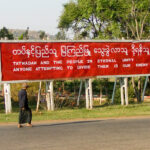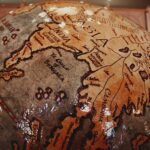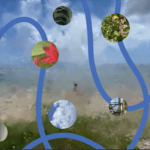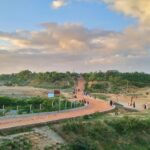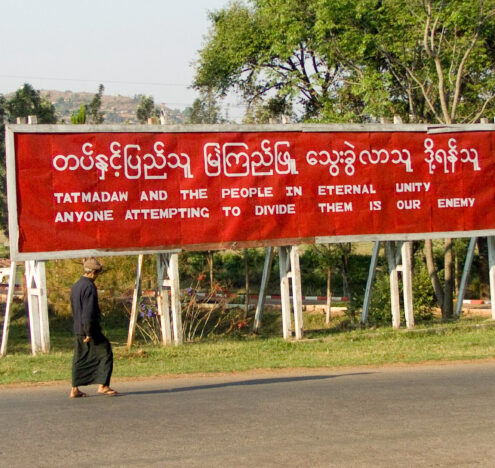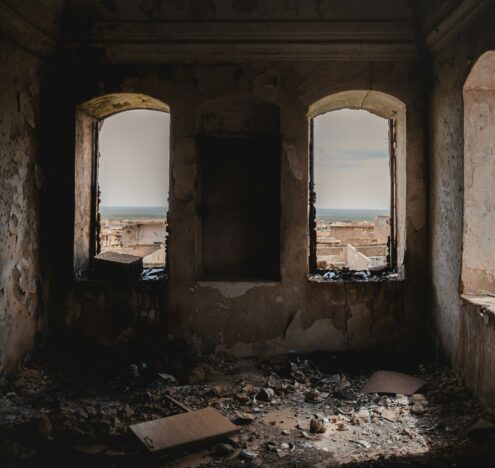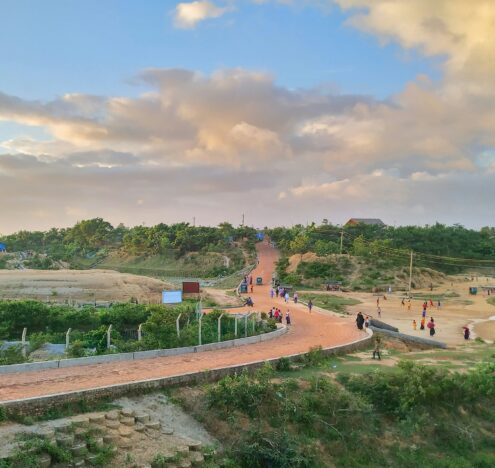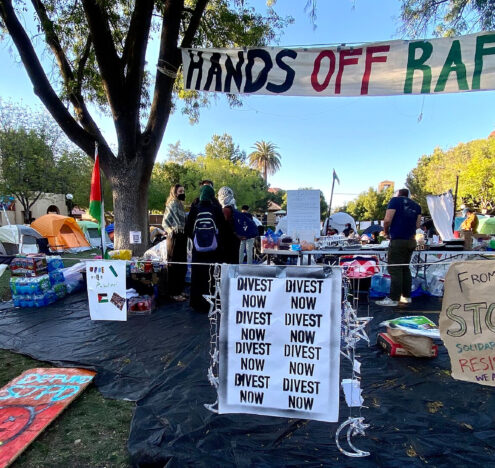Established in 2008, the Solomon Islands Truth and Reconciliation Commission (TRC) was tasked with investigating the country’s civil conflict that killed 200 people and displaced more than 20,000 others between 1998 and 2003. The commission was the first of its kind in the Pacific Islands region, and its proponents hoped it could heal people’s lasting trauma by addressing human rights violations, promoting national unity and fostering reconciliation.
I served as one of the local managers for the TRC and was responsible for coordinating the collection of testimonies from victims, witnesses and even some perpetrators of the violence. I witnessed firsthand the multifaceted benefits of the TRC process — as well as the government’s efforts to undercut the final report in 2013.
The unofficial release came after extensive delays from the government, which declined to officially discuss the report in parliament until last year. This has unfortunately stifled consideration of the report’s recommendations, as the government has sought to limit access to the original copy.
More than decade since it was completed, there is still immense potential in the TRC final report. It confronts the wounds of the past, yes. But it also holds the seeds for a harmonious future — and offers an opportunity for Solomon Islands to redefine its narrative and provide a pathway to healing and reconciliation.
Benefits of the TRC Process
The TRC process provided a unique space for individuals to share their deeply personal stories of the conflict. The TRC documented a rich and comprehensive narrative in its database, which included 2,362 individual statements, 11 public and 102 closed hearings, and hundreds of submissions from people in conflict-affected areas.
In collecting testimonies, we found the therapeutic aspect of storytelling became a cornerstone for healing, allowing survivors, victims and even some violent actors, such as militants, to voice their experiences in a supportive environment that allowed them to feel heard.
Another essential aspect of the TRC process was that survivors, witnesses, victims and actors weren’t just contributing to a historical record — the TRC publicly acknowledged the profound suffering they had endured. This acknowledgment is crucial for validating experiences and building a foundation for genuine reconciliation, and, of course, learning from what happened to avoid repetitions of violence.
The Report’s Unofficial Release
As the key independent historical record, the TRC final report is a vital tool for shaping the collective memory of the nation. It was meant to give a full accounting of the conflict so that Solomon Islanders could collectively heal and forge a better future through the report’s recommendations.
However, the final report was shrouded in the ambiguity of an unofficial release.
The report was finished in February 2012 and was submitted to the Solomon Islands government. However, the government did not release the report to the public or parliament as required by law. Various reasons were floated for the delay, but the report named several actors who went on to become politicians and highlighted the need for political reform.
After more than a year of waiting, there was still no official word on the report’s future.
After more than a year of waiting, there was still no official word on the report’s future. At the time, I was the chief administrator and moderator of the popular social media discussion platform Forum Solomon Islands International (FSII). I was approached by the TRC report’s editor, Bishop Terry Brown. He said he had grown frustrated by the delay, as he believed the report belonged to the people of Solomon Islands, not to the government of the day. He told me he intended to leak the report despite the government’s delay.
A week later, in April 2013, Bishop Brown sent a copy of the report to approximately 60 individuals as well as selected media outlets and public forums — including FSII. This marked a pivotal moment in the unfolding narrative of the TRC report, which Bishop Brown hoped would set the stage for its eventual public discussion, scrutiny and the implementation of its recommendations.
However, rather than acknowledge and release this now-leaked report, the government, then led by Prime Minister Gordon Darcy Lilo, further delayed action. It wasn’t until over a decade later, in 2023, that the report was ever officially acknowledged when Prime Minister Manasseh Sogavare decided to present a condensed report of the TRC to parliament.
The decision by subsequent governments to ignore the final report raised concerns about the depth of officials’ commitment to the TRC and its recommendations. Many worried that even the abbreviated version, while potentially more digestible, may not provide a thorough understanding of the TRC findings for leaders to assess.
Citizens and civil society groups have rallied over the years to force the government to table the full report in parliament for discussion, but these moves were ultimately unsuccessful. During the debate in parliament on the condensed report, members only raised the need to address the most serious violent incidents and to address the lack of development and good governance in conflict affected areas, but left out numerous other recommendations and findings.
Unacknowledged Recommendations
This is unfortunate, as the full TRC report (the version that was leaked) is a treasure trove of valuable recommendations — each a potential building block for a more harmonious society.
Key recommendations included a national peace and reconciliation commission to oversee and coordinate the implementation of TRC recommendations. Additionally, the report proposed a national reparations program, alongside more criminal accountability, in acknowledgement that many victims and survivors have been given no resolution or compensation for crimes committed against them during the conflict.
Other key recommendations included reforms to the political system — particularly in support of provincial-level development and decision-making — to prevent local grievances from becoming a justification for violence. There were also measures to improve Solomon Islands’ democracy and the transparency of governance to stem corruption and misuse of power.
The security sector, particularly courts and police, were given a set of recommendations to promote more professionalism, impartiality and respect for human rights. There were also recommendations on addressing violence against women and increasing youth employment.
To prevent a recurrence of violence, the TRC report placed emphasis on fixing Solomon Islands’ poor outcomes for health, education and sustainable development — as well as addressing violence against women and increasing youth employment. The report advised that peacebuilding practices should be integrated with improvements to all of these programs.
Where Does the TRC Go From Here?
While it was written more than a decade ago, the TRC report is not a static document. Instead, it can be a catalyst for change — and there are still ways to harness its potential for advancing peace.
Firstly, more attention must be dedicated to the report’s release and spread, especially by digital means. The controversial decision to leak the report ensures there is a full, unofficial version available online. But finding it might not always be straightforward or simple, especially given the limits of internet access in some parts of Solomon Islands. Officials and civil society should dedicate time and resources to ensuring all citizens have access to the report.
Secondly, to get young people engaged in the TRC story and recommendations, it would be good to integrate the TRC report into educational curricula, ensuring that future generations are aware of the nation’s history and develop a commitment to peace.
Thirdly, while churches, provincial governments and some tribes have engaged in reconciliation, there are many people for whom the conflict issues are unresolved, requiring healing workshops and programs based on TRC recommendations. This means providing more spaces for dialogue, reconciliation and community building.
Finally, the international community can support the TRC by helping to fully monitor, evaluate and implement the TRC recommendations. It’s important that these collaborations involve both local and international stakeholders to ensure accountability, but it would allow Solomon Islands to draw on the experiences of other nations that have undergone similar processes.
It is crucial for both governmental and community leaders to work hand-in-hand, fostering an environment of openness and inclusivity. The implementation of the report’s recommendations requires a collaborative effort, bringing together diverse perspectives and experiences to ensure that the healing process is comprehensive and reaches every corner of society.
The TRC report serves as a testament to the resilience of Solomon Islands and its people in the face of adversity. Embracing the values of constructive dialogue, understanding and empathy that are embedded in the TRC report will be instrumental in building a society where the lessons of history guide the path toward a shared and prosperous future.
This article was originally published by the United States Institute of Peace.


